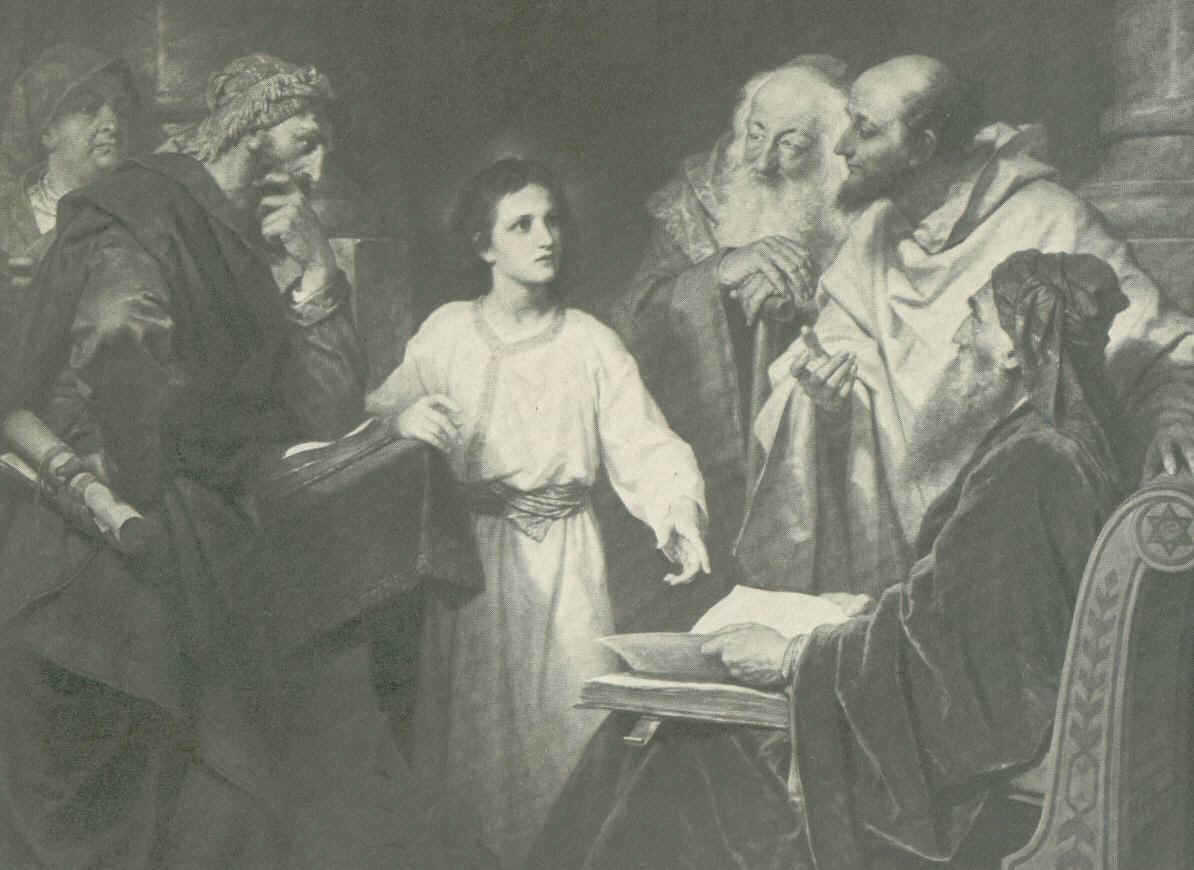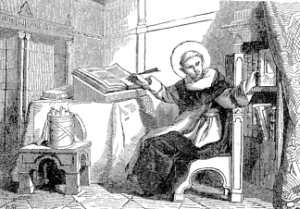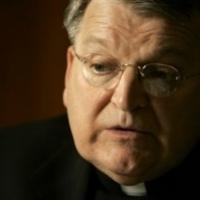Ad usum Catholicorum: more problems with Radner-Seitz
The Radner-Seitz Pledge (which I think is a bad idea) occasions some thoughts on marriage law for Catholics. Shall we about it?
First, Roman Catholic doctrine and law recognizes the mutual consent of the parties as bringing about natural marriage between themselves and, if both parties are baptized, as simultaneously conferring the sacrament of Matrimony on each other. Canon 1055. Second, natural marriage is “intrinsically indissoluble” and, when established between baptized persons, is “extrinsically indissoluble” after consummation. Canon 1056. Third, only Catholics are bound by the requirement of “canonical form” (a topic that urgently needs to be addressed, but not here), so, to make a long story short, whenever two parties capable of marriage express before witnesses their consent to marriage they are, in the eyes of the Church, married at least naturally, and even sacramentally, as above. Canon 1057.
Now, assuming that some non-Catholics (baptized or otherwise) follow the Radner-Seitz double-ceremony approach, the question is bound to arise as to exactly when, in the eyes of the Church, such couples become married. Because (outside of a scenario that I can only imagine on a canon law exam) spouses can only marry each other once, only one answer to that question seems possible: whenever the parties first exchanged consent to marriage before witnesses, thus, in the religious rite if that came first or in the civil rite if that came first. I doubt that outcome is what either Radner or Seitz wants, but I see no way to escape it.
Consider: lots of Protestants currently wed only before civil authorities; we Catholics recognize that civil event as marriage. If the couple later seeks a spiritual blessing on their union, we Catholics say, in effect, That’s nice, but canonically, you are already married. Similarly lots of Protestants wed in a religious ceremony, but if the officiant forgets (or now refuses a la Radner-Seitz?) to file the civil paperwork, we Catholics nevertheless recognize the religious wedding as effecting a marriage. The sudden disconnect between the natural/sacramental status of the parties and their civil status (and recall, the State has a right to know who is married and who is not!) introduced by Radner-Seitz is problematic but easily avoidable simply by steering clear of their approach.
A further complication looms. Does any one seriously doubt but that, in short order, devotees of the Radner-Seitz Pledge will see a later civil registration of their religious wedding as superfluous (if not as evil!), and fail to do it, or conversely, will see a later religious ceremony as ‘really’ making them married, and put it off till they’re “sure they’re ready”? Either scenario raises profound questions as to sufficiency of the consent to marriage (specifically, the permanence thereof) presumably offered at the event to which the Church looks to find consent. So again, we see that the Radner-Seitz Pledge introduces harmful and unnecessary uncertainty about the matrimonial status of persons who adopt it.
The Catholic Church wants to, and does, recognize the marriages of non-Catholics in general and of separated brethren in particular. The Radner-Seitz Pledge (proposed as far as I can tell with no ecumenically-minded prior consultation) will make such recognition more difficult.
Update: A chronology of (mostly) my comments on ecclesiastical cooperation with civil marriage.



Comments are closed.